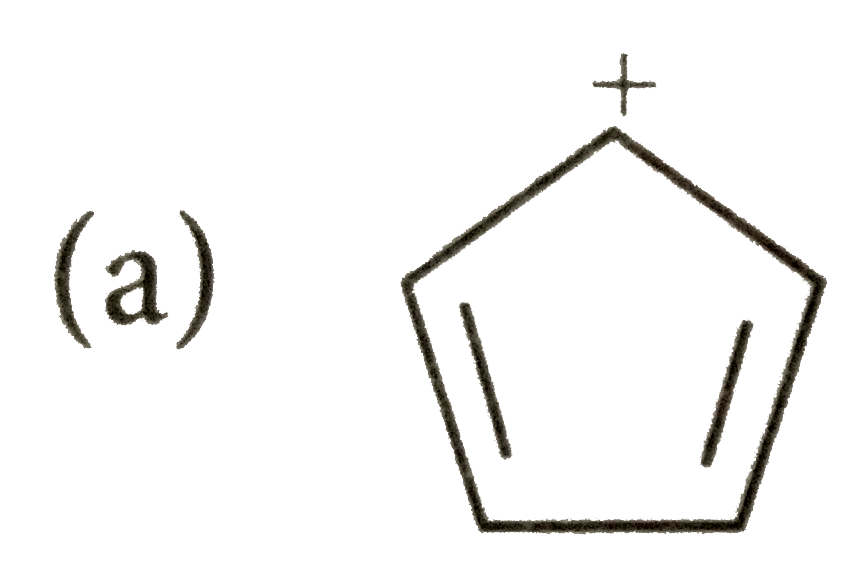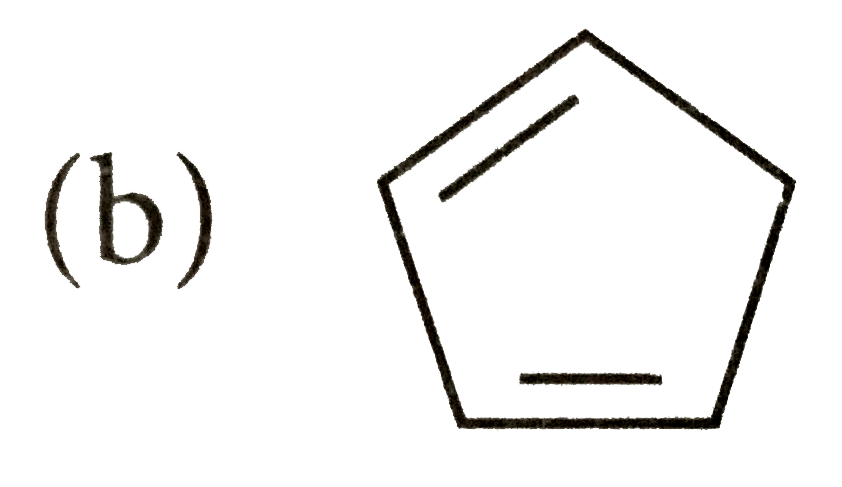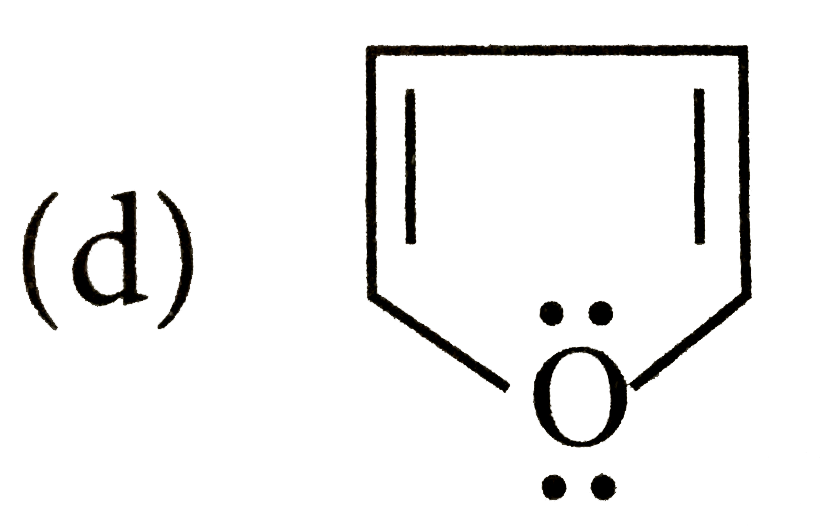Which of the following species is not expected to be a ligand?
NO
NH+4
NH2CH2CH2NH2
CO
The correct Answer is:B
To determine which of the given species is not expected to be a ligand, we need to analyze each option based on their ability to donate electron pairs to a metal center. Ligands are defined as species that can donate at least one pair of electrons to form a coordinate bond with a metal ion.
1. Identify the Species: The options provided are:
- NO (Nitric Oxide)
- Ammonium ion (NH4+)
- NH2CH2CH2NH2 (Ethylenediamine)
- Carbonyl (CO)
2. Analyze NO (Nitric Oxide):
- The structure of NO shows that nitrogen has a lone pair of electrons.
- This lone pair can be donated to a metal, allowing NO to act as a ligand.
- Conclusion: NO can act as a ligand.
3. Analyze Ammonium Ion (NH4+):
- The ammonium ion has a tetrahedral structure with nitrogen bonded to four hydrogen atoms.
- There are no lone pairs of electrons on the nitrogen atom in NH4+, meaning it cannot donate any electrons.
- Conclusion: Ammonium ion cannot act as a ligand.
4. Analyze NH2CH2CH2NH2 (Ethylenediamine):
- Ethylenediamine contains two nitrogen atoms, each with a lone pair of electrons.
- These lone pairs can be donated to a metal, allowing ethylenediamine to act as a bidentate ligand.
- Conclusion: Ethylenediamine can act as a ligand.
5. Analyze Carbonyl (CO):
- The carbonyl group has a carbon atom double-bonded to an oxygen atom, with oxygen possessing lone pairs of electrons.
- The lone pair on oxygen can be donated to a metal, allowing carbonyl to act as a ligand.
- Conclusion: Carbonyl can act as a ligand.
6. Final Conclusion:
- Among the four species analyzed, the only one that cannot act as a ligand is the ammonium ion (NH4+), as it lacks any lone pairs to donate.
Answer:
The species that is not expected to be a ligand is Ammonium ion (NH4+).
---
- NO (Nitric Oxide)
- Ammonium ion (NH4+)
- NH2CH2CH2NH2 (Ethylenediamine)
- Carbonyl (CO)
- The structure of NO shows that nitrogen has a lone pair of electrons.
- This lone pair can be donated to a metal, allowing NO to act as a ligand.
- Conclusion: NO can act as a ligand.
- The ammonium ion has a tetrahedral structure with nitrogen bonded to four hydrogen atoms.
- There are no lone pairs of electrons on the nitrogen atom in NH4+, meaning it cannot donate any electrons.
- Conclusion: Ammonium ion cannot act as a ligand.
- Ethylenediamine contains two nitrogen atoms, each with a lone pair of electrons.
- These lone pairs can be donated to a metal, allowing ethylenediamine to act as a bidentate ligand.
- Conclusion: Ethylenediamine can act as a ligand.
- The carbonyl group has a carbon atom double-bonded to an oxygen atom, with oxygen possessing lone pairs of electrons.
- The lone pair on oxygen can be donated to a metal, allowing carbonyl to act as a ligand.
- Conclusion: Carbonyl can act as a ligand.
- Among the four species analyzed, the only one that cannot act as a ligand is the ammonium ion (NH4+), as it lacks any lone pairs to donate.
The species that is not expected to be a ligand is Ammonium ion (NH4+).
Topper's Solved these Questions
- BOOK - NCERT EXEMPLAR ENGLISHCHAPTER - COORDINATION COMPOUNDSEXERCISE - MCQs More than one options9videos
COORDINATION COMPOUNDS
- BOOK - NCERT EXEMPLAR ENGLISHCHAPTER - COORDINATION COMPOUNDSEXERCISE - Short Answer Type12videos
COORDINATION COMPOUNDS
- BOOK - NCERT EXEMPLAR ENGLISHCHAPTER - CHEMISTRY IN EVERYDAY LIFEEXERCISE - Long Answer Type Qns4videos
CHEMISTRY IN EVERYDAY LIFE
- BOOK - NCERT EXEMPLAR ENGLISHCHAPTER - D AND F-BLOCK ELEMENTSEXERCISE - Short Answer Type Question20videos
D AND F-BLOCK ELEMENTS
Similar Questions
Knowledge Check
- Question 1 - Select One
Which of the following species is not stable?
A[Sn(OH)6]2−B[SiCl6]2−C[SiF6]2−D[GeCl6]2− - Question 2 - Select One
Which of the following species is aromatic?
A B
B C
C D
D
- Question 3 - Select One
Which of the following species is a carbene?
A:CH−3B:CCl2CCH2=C=ODR−⋅CH−R
Which of the following species is aromatic :
View SolutionWhich of the following complex species is not expected to exhibit optical isomerism ?
View SolutionWhich of the following species is expected to have maximum enthalpy in an electrophilic aromatic substitution reaction ?
 View Solution
View SolutionWhich of the following complex species is not expected to exhibit optical isomerism ?
View SolutionWhich of the following species is not aromatic ?
View Solution

